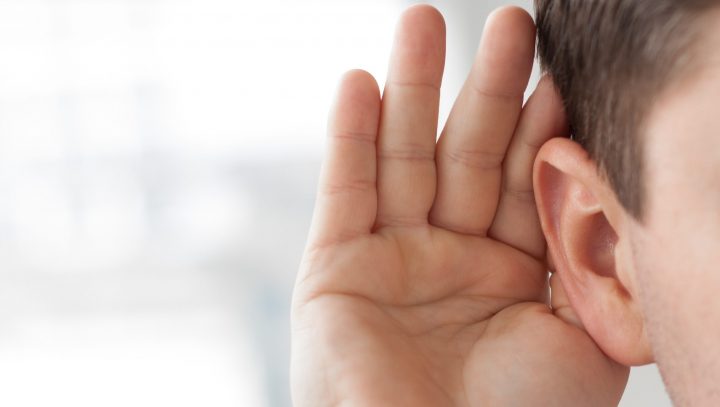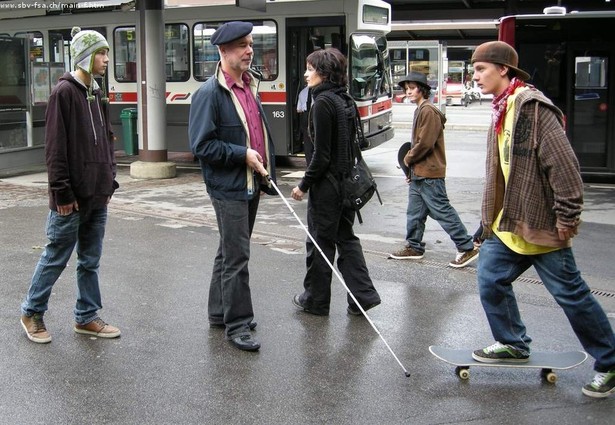Barriers to an Inclusive Society : Impairment vs Disability
The concept of disability is widely misunderstood, resulting in the continuation of existing myths and stereotypes on disability in general. In order to understand the concept of disability, one must first understand the difference between an impairment and a disability.
According to the White Paper on the Rights of Persons with Disabilities (WPRPD) which was approved by Cabinet on 9 December 2015, an impairment “is a perceived or actual feature in a person’s body or functioning that may result in limitation or loss of activity or restricted participation of the person in society with a consequential difference of physiological and/or psychological experience of life.” In other words, impairment is a fact, something which can be either touched or proven physiologically.

On the other hand, inclusion “is regarded as a universal human right and aims at embracing the diversity of all people irrespective of race, gender, disability or any other differences. It is about equal access and opportunities and eliminating discrimination and intolerance for all. It is about a sense of belonging, feeling respected, valued for who you are, feeling a level of supportive commitment from others so that you can best fully participate in society with no restrictions or limitations.” Disability is therefore a concept.
The United Nations Convention on the Rights of Persons with Disabilities, signed and ratified by South Africa in March 1997, recognises disability as an evolving concept and states that “disability results from the interaction between persons with impairments and attitudinal and environmental barriers that hinders their full and effective participation in society on an equal basis with others”.

What does this mean?
Simply put, the person has an impairment but whether they are disabled or not depends on the barriers they face in society, be they of an environmental, attitudinal, or communication in nature. In order to be regarded as disabled by society, one must have an impairment but not all persons with impairments are disabled. Someone with impaired vision who uses spectacles would not be regarded as having a disability unless there were barriers in society that prevented them from participating equally. Once that person’s vision declines to a point where they require additional assistive devices, like a white cane or a guide dog, they may be regarded as having a disability when public attitudes prevent them from accessing public spaces on an equal basis with others.

This is called the Social Model on disability. This model acknowledges that disability is a social construct and assesses the socio-economic environment and the impact that barriers have on the full participation, inclusion and acceptance of persons with disabilities as part of mainstream society. It is a model that focuses on the abilities of persons with disabilities rather than their differences, that fosters respect for inability and that recognizes persons with disabilities as equal citizens with full political, social, economic and human rights. The social model does not locate the “problem” within the person with impairment; rather it acknowledges and emphasizes barriers in the environment which disable the person with the impairment aimed at inclusion rather than exclusion of persons with disabilities from mainstream life. It emphasises the need for broader systemic and attitude changes in society; the provision of accessible services and activities; and the mainstreaming of disability to ensure full inclusion of persons with disabilities as equals. The model further encourages that persons with disabilities must actively participate in transformation processes that impact on their lives. Also it does not deny the reality of “impairment”, (an incident of human diversity), nor the impact this may have on the individual.
This is a far cry from the historic perception of persons with disabilities who were regarded negatively as being “defective”, the actual source of the problem, and the means of normalising the problem was for teams of medical and other professionals to fix the person as far as possible. The social model turns this thinking on it’s head. No longer is the person with a disability the problem, but rather society who does not accommodate the full spectrum of human diversity.
How does this affect the ordinary person in the street who comes across anyone with a disability in their everyday life? The key is to recognise that it is society (including the attitudes of so-called “able-bodies”) which disables others. Persons with disabilities are people first and should be treated with due respect and dignity.
Unfortunately, despite the advances we have made in securing access for persons with disabilities, there is still much to be done as persons with disabilities do not have the freedoms that the rest of us take for granted. Do you want to make a difference? Contact us to arrange a sensitisation workshop for your workplace, ladies’ group, sports club, place of worship or other and be the change!

